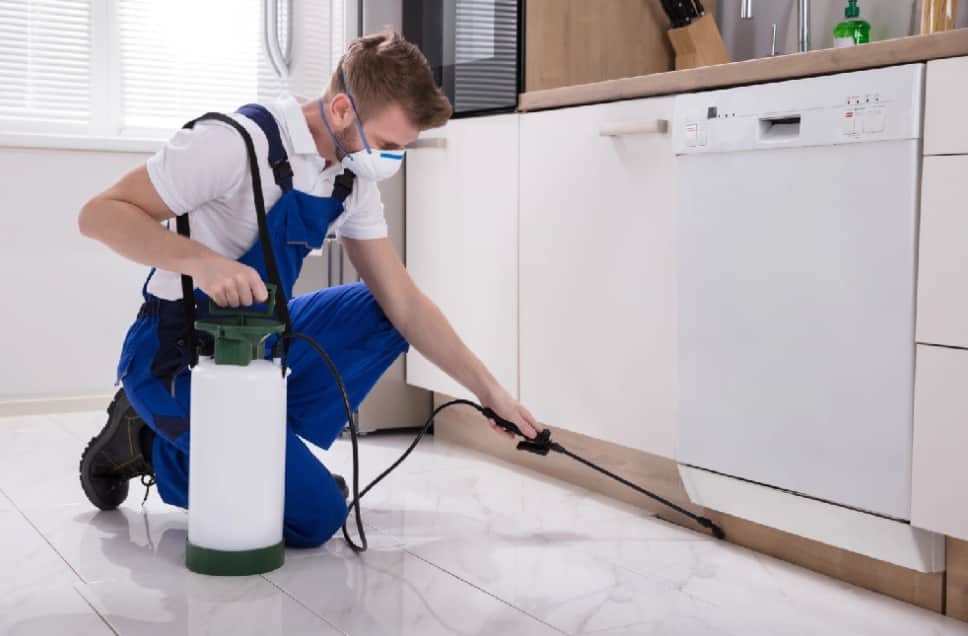Borer Control: An Integrated Pest Management Approach
Borer control is a term used to describe the various methods used to prevent or eliminate the infestation of wood-boring insects. Borers are insects that tunnel through wood, often causing structural damage to buildings and furniture. They can also damage crops and other plants.
Borer control is typically done using an integrated pest management (IPM) approach. IPM is a sustainable approach to pest management that uses a combination of techniques, including biological control, cultural control, physical control, and chemical control.
Read on to learn more about borer control in Wellington and the IPM approach!
-
Cultural control:
Cultural control is one of the most effective methods for preventing borer infestations. This method involves reducing conditions that attract borers, such as moisture and food sources. To reduce moisture, remove excess water from lawns, roofs, and other areas where it may collect.
To prevent food sources from becoming available to wood-boring insects, prune trees and shrubs regularly. You can also protect plants by covering them with tree guards or wire mesh cages during the winter months when borers are less active.
-
Biological control:
Biological control involves using natural enemies of wood-boring insects to reduce or eliminate the population of these pests. For example, parasitic wasps may be used to kill carpenter bees by laying their eggs inside the bodies of the bees.
Parasitic wasps will also lay their eggs in the bodies of other types of borer larvae, such as those that feed on plant roots or those that feed on insects such as aphids or leafhoppers.
-
Physical control:
Physical controls include methods such as insect traps and sticky boards that are designed to attract and trap borers in order to prevent them from entering your home or garden space. Physical controls may also involve sealing off entry points where borers are entering your home or business, so they’re unable to find their way inside.
-
Chemical control:
Chemical control methods include treating wood with insecticides prior to construction or at later stages of infestation when borer populations are high enough to warrant treatment. Insecticides can also be sprayed directly onto infested trees or shrubs to kill adult borers before they lay eggs or attack plants.
The Bottom Line:
Borer control is necessary when your building starts showing signs of structural damage. The information in this article should help you decide what kind of borer control is needed in your home or garden.
Related Tags: Ant Control Kapiti


